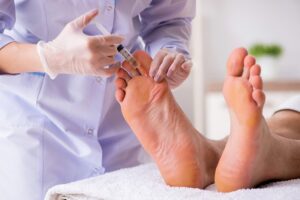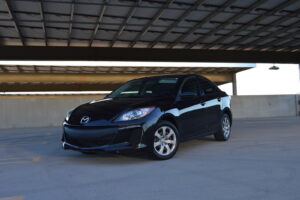
Osteoarthritis is one of the most common forms of arthritis which is a degenerative joint disease (DJD). This ailment specifically strikes the aged population. This condition which develops over years, gradually triggers difficulty in joint movement, inflammation, tendon debilitation, pain, and deformity in joints. One of the techniques used to alleviate osteoarthritis these days is shockwave therapy for knee osteoarthritis. How does this therapy work? Is it even effective? What does it involve? There are endless questions that pop up in the mind. Well, hang tight then, for we shall now walk you through all the details you need to about this cutting-edge treatment regime. Read on!
What is shockwave therapy?
The definition of shockwave therapy is given as a non-invasive and non-surgical technique to enable better mobility improvement and provide relief from bitter pain and swelling in joints. This method of treating osteoarthritis is renowned worldwide in different clinical departments such as physiotherapy, orthopedics, urology, podiatry, sports medicine, and so forth. The best part about shockwave therapy, or as it is also called ESWT (Extracorporeal Shock Wave Therapy), is that it is effective, fast, has minimal side effects, and allows rapid recovery.

What happens in Shockwave Therapy?
You may experience a tad discomfort when undergoing an RPW shockwave cure. Nonetheless, physicians backtrack and ensure that you do not get any pain, or if it occurs it is minimal. Since the therapy produces an analgesic impact, you may experience instant relief from pain. Furthermore, the remedy course also triggers collagen generation which benefits the patient by increasing joint mobility post 1 or 2 sessions.
Are there any side effects of Shockwave therapy?
There are no risks as such that loom over the patient’s health compared to surgery. However, considering the extent of the pain you are suffering from, your general health, and other associated podiatry problems, you may experience the following consequences after ESWT:
- Bearable pain after 2-4 hours of ESWT.
- Moderate discomfort through the treatment.
- Moderate bruising, inflammation, or numbness.
- Rarely you may see no response to the therapy.
Furthermore, once you get your shockwave therapy successfully, you won’t have to fret much over the recovery part. After the first treatment session of RPW shockwave therapy, you will start to recuperate from the pain and enjoy better joint mobility. However, a doctor may ask you to refrain from high-impact activities for up to 48 hours of each shockwave therapy for knee osteoarthritis sessions.








